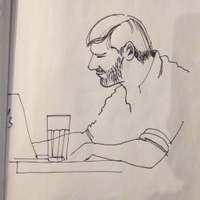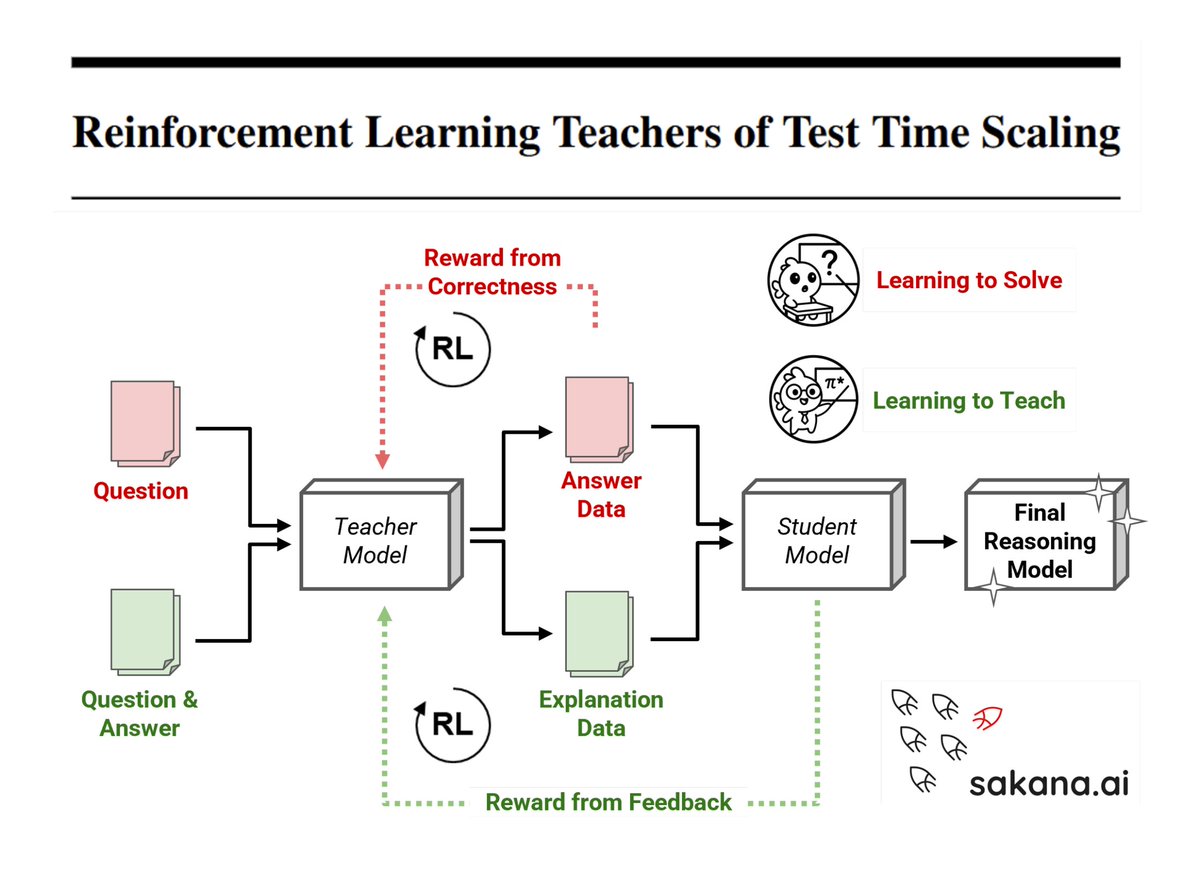
Chandan Singh
@csinva
Seeking good explanations with machine learning. Senior researcher @MSFTResearch, PhD from @Berkeley_AI
ID: 959537146414620673
https://csinva.io/ 02-02-2018 21:20:57
342 Tweet
1,1K Followers
523 Following





Everything you love about generative models — now powered by real physics! Announcing the Genesis project — after a 24-month large-scale research collaboration involving over 20 research labs — a generative physics engine able to generate 4D dynamical worlds powered by a physics






New preprint! 🧠🤖 Brain encoding in 21 languages! biorxiv.org/content/10.110… w/ Saima Malik-Moraleda, Greta Tuckute, and Ev (like in 'evidence', not Eve) Fedorenko 🇺🇦 (1/)


Thanks for featuring our work! Aran Komatsuzaki. 🔥Today we are thrilled to announce our MSR flagship project Magma! This is a fully open-sourced project. We will roll out all the stuff: code, model and training data through the following days. Check out our full work here:

Humans just saw a *new* color—literally outside the known visual spectrum. BAIR faculty and visual computing expert Ren Ng and collaborators made it possible with the Oz Vision System. 🌈👁️ Newly published in Science Advances: science.org/doi/10.1126/sc… popsci.com/health/new-col…




Even the smartest LLMs can fail at basic multiturn communication Ask for grocery help → without asking where you live 🤦♀️ Ask to write articles → assumes your preferences 🤷🏻♀️ ⭐️CollabLLM (top 1%; oral ICML Conference) transforms LLMs from passive responders into active collaborators.











